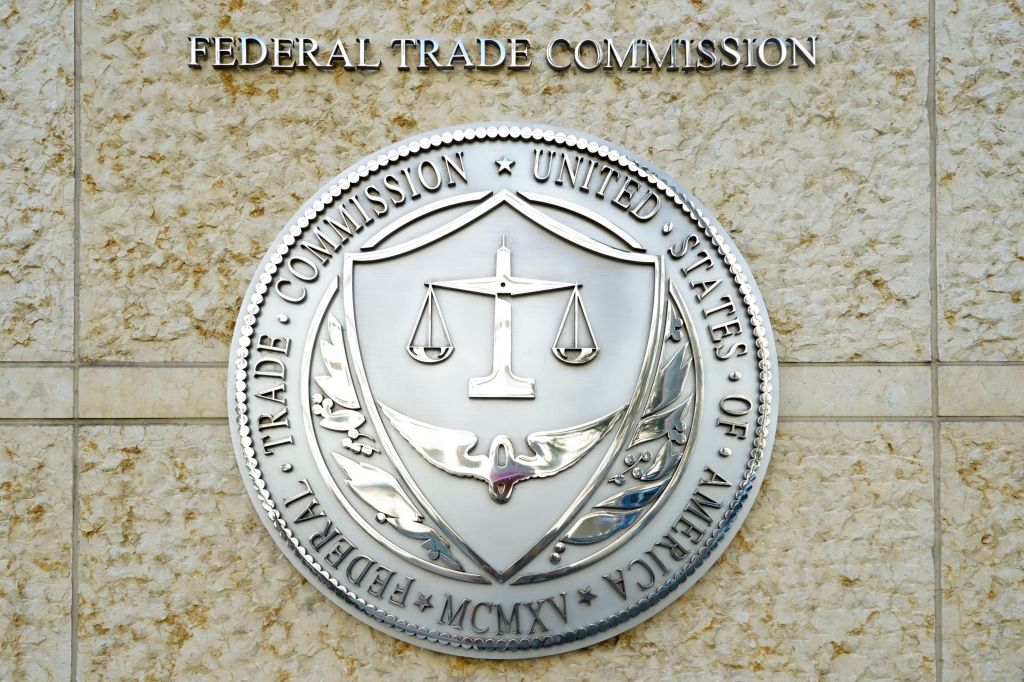A significant cyberattack on Episource, a major provider of medical coding and risk adjustment services, has exposed the personal and health information of over 5.4 million individuals across the United States.
The breach, listed with the US Department of Health and Human Services, is one of the largest healthcare data incidents reported this year. It underscores the growing vulnerability of third-party vendors within the healthcare ecosystem and highlights important lessons in early detection and robust response.
Episource, a company owned by Optum (a subsidiary of UnitedHealth Group), discovered “unusual activity” within its computer systems on February 6, 2025. An internal investigation, supported by independent cybersecurity experts, revealed that unauthorized actors had accessed and exfiltrated sensitive data between January 27 and February 6, 2025 – a period of approximately 10 days.
The compromised data varies by individual but can include highly sensitive information such as names, addresses, phone numbers, email addresses, dates of birth, Social Security numbers (in limited instances), health insurance policy details, Medicare and Medicaid identification numbers, and protected health information (PHI) including diagnoses, medications, test results, and medical treatment records.
While Episource has stated there is no evidence of financial data being compromised or the stolen data being misused to date, the breadth of the exposed information could present significant risks for identity theft and other targeted scams.
Stakeholder responses and confirmations
Upon detection, Episource swiftly initiated its incident response protocols, temporarily shutting down affected systems to contain the intrusion and notifying law enforcement. The company has also begun sending notification letters to affected individuals, as required by HIPAA, and has posted a substitute notice on its website.
One of Episource’s affected clients, Sharp Healthcare, confirmed the breach was caused by ransomware. In a notice to its patients, Sharp Healthcare stated: “Regrettably, Episource recently identified and addressed a data breach involving some of that information … That investigation confirmed that Sharp information hosted on the system had been accessed and acquired without authorization between Jan 27, 2025, and Feb 6, 2025.” Sharp emphasized that the incident did not involve unauthorized access to its own medical record systems or patient portals.
Piyush Pandey, CEO at Pathlock, a security solutions provider, commented on the broader implications of the breach, stating: “This breach signals that threat actors are shifting their focus from hospitals and clinics to third-party providers, because this approach allows them to get access to massive amounts of PHI at a time.” He further noted that: “A breach of this scale drives compliance risks and more stringent regulatory scrutiny for every entity in the healthcare supply chain.”
James Maude, Field CTO at BeyondTrust, highlighted the interconnected nature of modern IT environments: “Every device and external connection in this ecosystem represents a potential entry point for attackers. This toxic combination of vulnerabilities and access is a prime example of why healthcare has become such an attractive target.”
Episource is offering free identity protection and credit monitoring services to affected individuals to mitigate potential risks.
Lessons learned
The Episource data breach serves as an important reminder of the evolving cyber threat landscape, particularly within the highly regulated and interconnected healthcare sector. Several lessons can be drawn from this incident.
- Third-Party risk management: The breach highlights the need for healthcare organizations to rigorously vet and continuously monitor the security postures of their business associates and third-party vendors. Even if a healthcare provider’s internal systems are secure, a vulnerability in a vendor’s system can directly affect patient data.
- Enhanced threat detection and response: While Episource detected the “unusual activity” on February 6, the attackers had already been present in its systems for about 10 days. This emphasizes the importance of sophisticated, real-time threat detection systems that can flag anomalous behavior as it happens, rather than relying solely on post-incident forensic analysis.
- Proactive security: Organizations must move beyond basic compliance and adopt a proactive security posture. This includes implementing “zero trust” principles, continuous risk management, regular penetration testing, and security validation exercises.
- Employee training and awareness: While the specifics of the initial attack have not been fully disclosed, human error often plays a role in breaches. Ongoing and updated cybersecurity training for all employees, especially regarding phishing attempts and identifying malicious activities, remains a fundamental defense.
- Timely communication: While Episource detected the breach in early February, notification letters to affected individuals began in April, and public disclosure to regulators occurred later. Prompt and transparent communication to affected parties is vital for allowing individuals to take protective measures
As the healthcare sector continues to be a prime target for cybercriminals due to the valuable nature of medical data, the Episource breach highlights the collective responsibility of all stakeholders to prioritize cybersecurity and learn from these costly incidents to build a more resilient digital infrastructure.
















